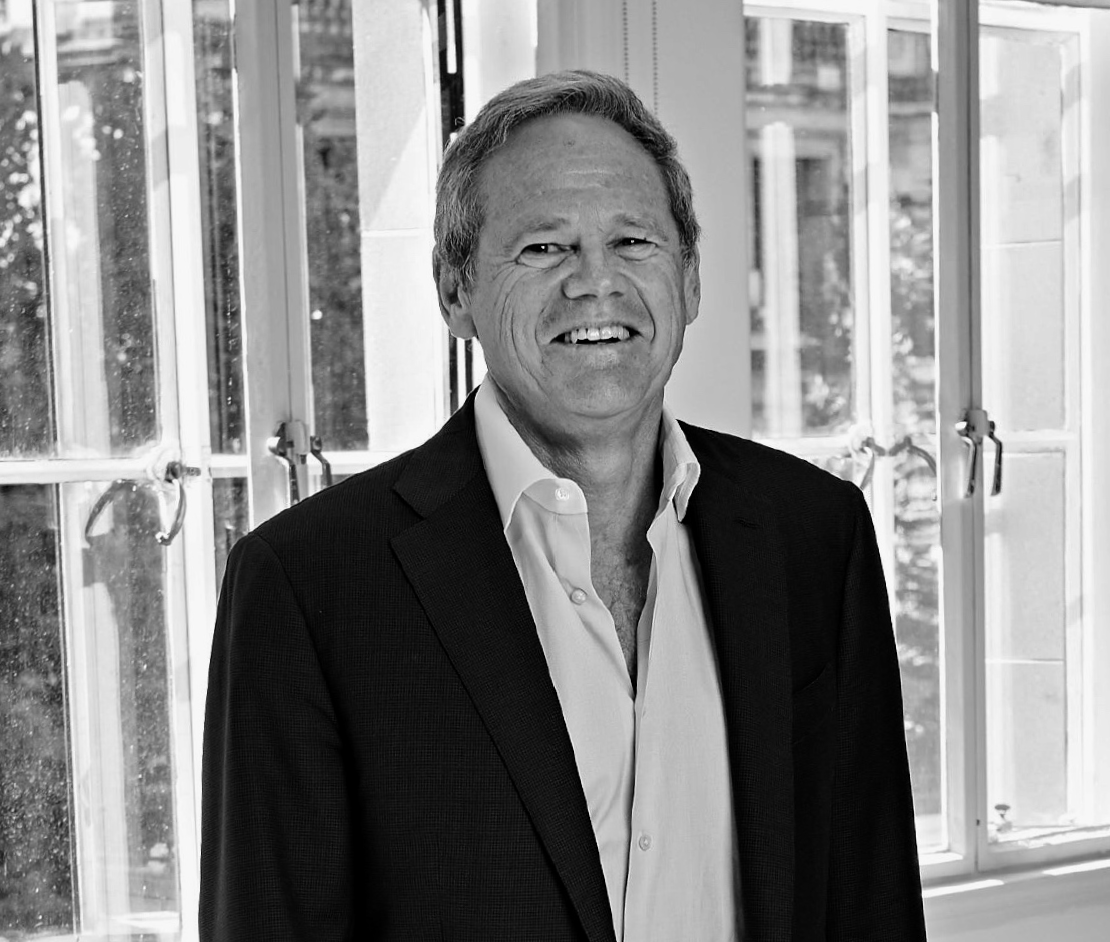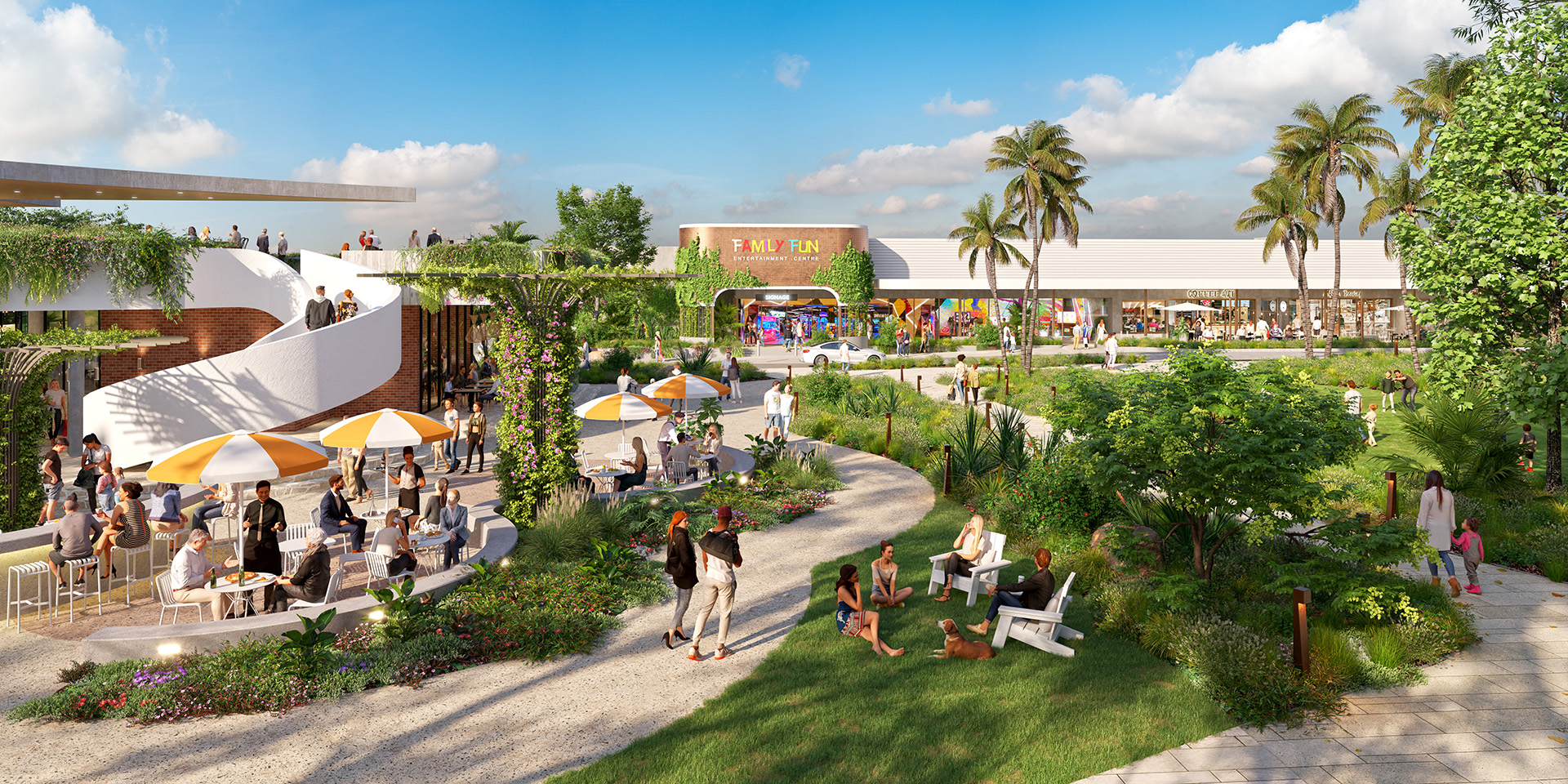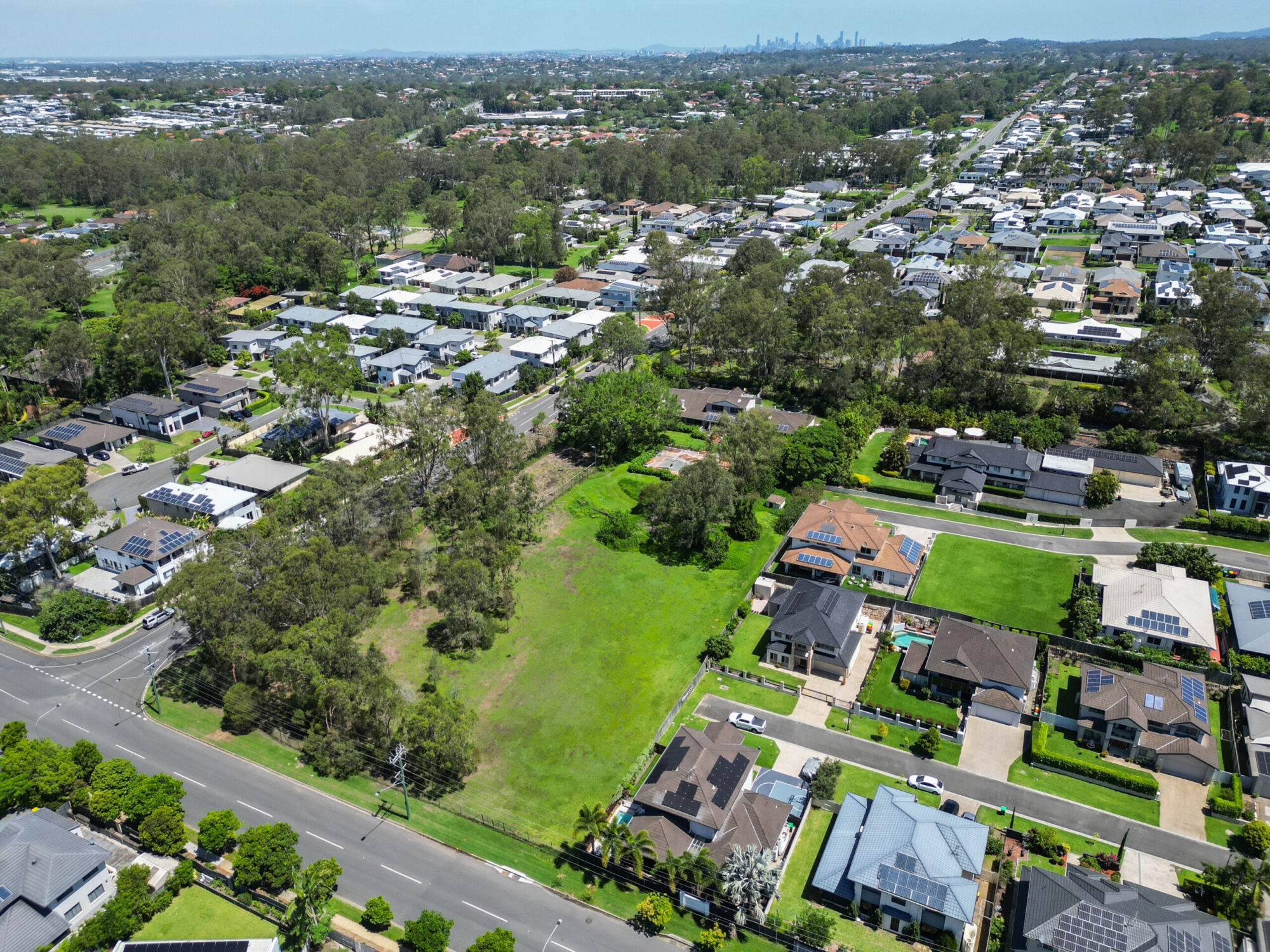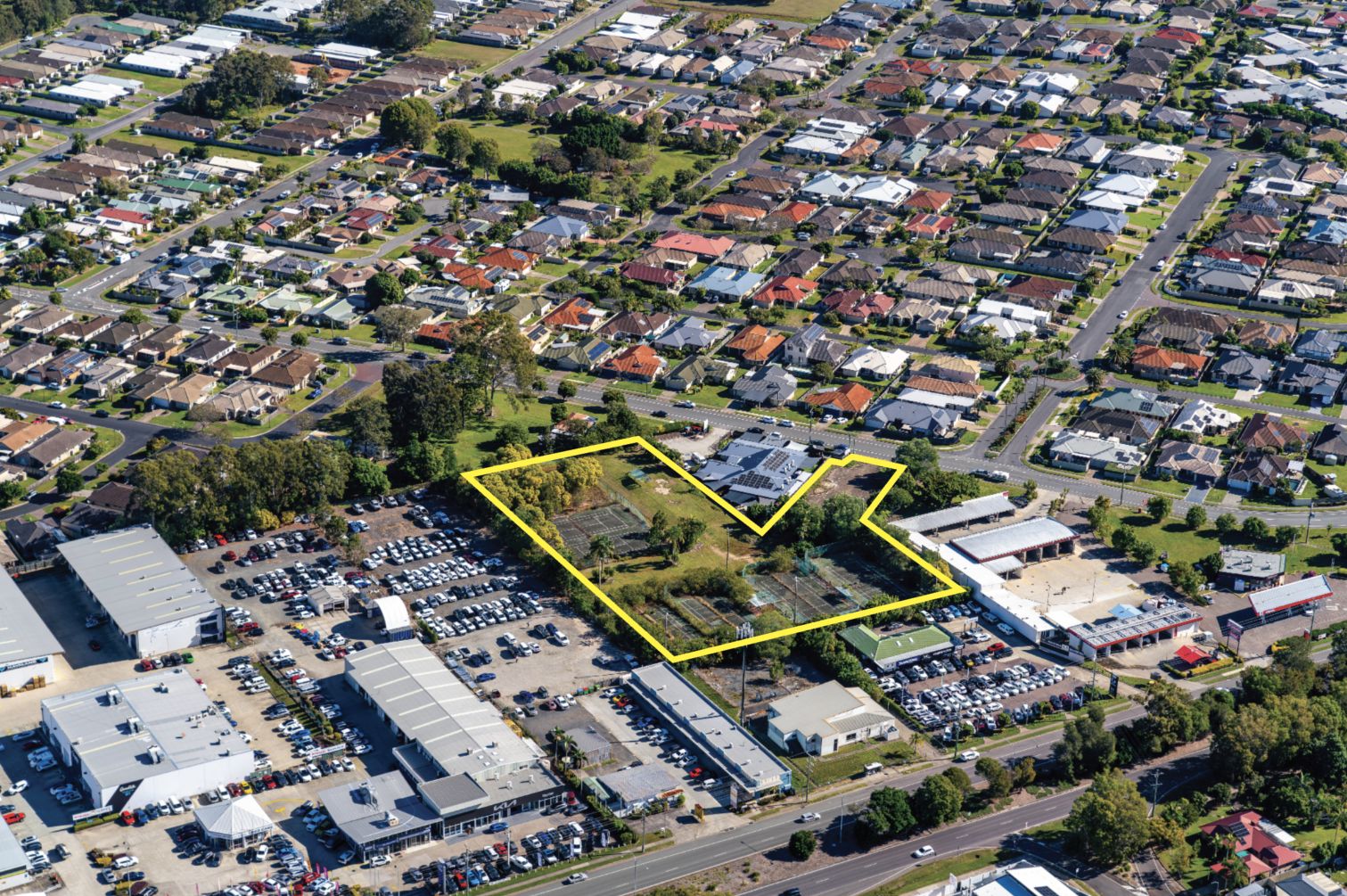Boosting density around train stations without the right ingredients could result in disconnected and sterile places, warns urban planner
28 May 2024
A leading urban planner warns the areas around Sydney’s train stations earmarked for greater housing density must be designed as compact, connected, mixed-use, walkable neighbourhoods, integrated with the existing urban pattern.
The warning follows the recent NSW’s Government announcement that 170,000 homes will be delivered in mid-rise buildings over the next 15 years near key train stations in Sydney and the Illawarra to curb the national housing and rental crisis – particularly after Australia’s median house price reached a record high of $1.113 million.
Mike Day has led design teams on urban renewal and new township projects across Australia, the UAE and Asia for 30 years, He is a Partner at Hatch – a global multidisciplinary leader in engineering, operational and development projects in metals, energy and infrastructure – a Fellow of the Planning Institute of Australia and a member of numerous urban planning committees.
Mike applauded the NSW Government project, adding that mixed-use density developments near public transport will allow residents to reduce the need to always use the car and greatly assist in promoting walking and cycling as the privileged and preferred modes of movement.
But he’s urging developers to build projects with all the hallmarks of walkable urbanism and neighbourhoods that feature a raft of public amenities such as parks and community centres to avoid separated land uses which compel residents to drive everywhere.
He points to ‘20-minute neighbourhoods’ – a concept that’s gaining global traction in cities including Melbourne where there’s a dearth of affordable and sustainable housing – as a great example of delivering sustainable urbanism. Mike says 20-minute neighbourhoods are a stark contrast to conventional subdivisions with very little diversity in housing and amenities by offering residents communal areas, remote working hubs and access to nature which boost community wellbeing and safety.
Mike says: “With the Federal Government rolling out its ambitious plan to build 1.2 million homes over five years starting from June, we have a unique opportunity right now to rethink the communities and neighbourhood designs we want.
“These areas will need more than a bunch of residential blocks and a café. They need to prioritise walkability, green space, social amenities such as childcare centres, healthcare and a connectedness with other neighbourhoods in their suburb. Australians need affordable housing now, but by also prioritising livability, we have the chance to future-proof our communities by meeting the needs of residents for generations.”
Mike has 30-plus years’ experience in planning and design and has led urban renewal and new township projects throughout Australia, the UAE and Asia. He is a fellow of the Planning Institute of Australia, currently chairs the Building, Design and Public Realm Committee of the Victorian Division of the Urban Development Institute of Australia and was formally the Chair of the Housing Industry Association WA Planning and Development Committee. Hatch is a global multidisciplinary leader in urban solutions, engineering, operational and development projects in metals, energy and infrastructure.
New Epping, Victoria: the city within a suburb
Mike says the New Epping precinct, an urban renewal project in the City of Whittlesea, developed by Riverlee, 18km north of Melbourne CBD, is a good case study. The ‘city within a suburb’ commenced development in 2021 and will comprise thousands of townhouses and apartments across multiple neighbourhoods, as well as commercial, hospitality, retail and community spaces, and healthcare.
Before the new development, 2019 Census data showed a quarter (24%) of residents in the area were experiencing mortgage stress and at least 630 were experiencing homelessness. A whopping 60 per cent of its population nevertheless were forced to commute by car to work.
The first stage residences have since delivered a mix of social and affordable housing for people who work nearby, people with disability, families with children in local school and other people who were struggling to find affordable private rental accommodation, with feedback from tenants overwhelmingly positive.
The first completed residences, launched in early 2023, offered 151 new social and affordable rentals in what is the second largest project in the Victorian Government’s Social Housing Build and Operate Program. Hatch worked with community and affordable housing provider Haven Home Safe to deliver the apartments, part of New Epping’s Stage 1 delivery.
While speaking on a panel at a major UDIA Geelong industry event last month, Haven Home Safe CEO Trudi Ray said: “Creating a liveable neighbourhood means a few things: we need to embrace diversity of housing to meet people’s differing needs at various stages of their lives. It means we cater for all socio-economic groups throughout the housing continuum from people who need social housing to people who want to own a home. It means we ensure people are connected with their community by having a place to live that has education, employment, retail options, green spaces and local transport. These elements are at the heart of the 20-minute neighbourhood, which support people to meet most of their everyday needs within a 20-minute return walk from home – and are key to liveability.”
Trudi further adds that all levels of government, developers, investors and community housing providers are striving for the same outcome: housing that supports more people to live in a community, connect with one another and thrive.






